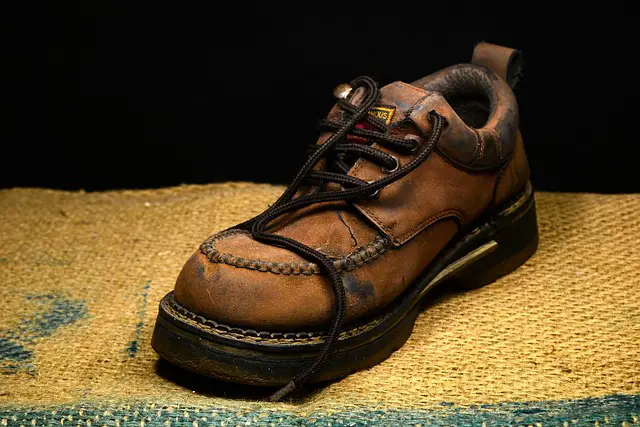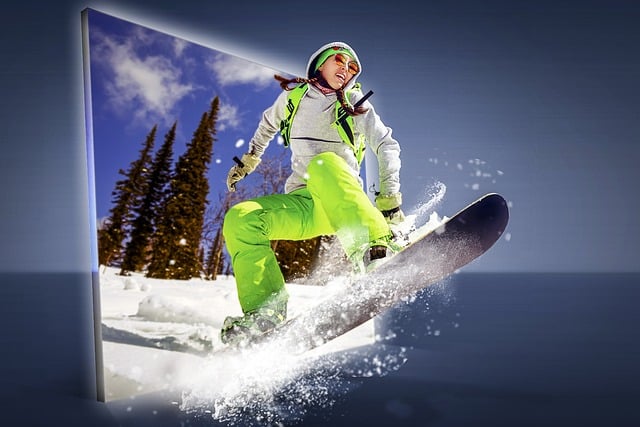While snowshoeing is an exhilarating activity, it can be somewhat challenging, especially if you do not have the appropriate gear. One of the most crucial pieces of equipment you need to focus on are your boots. Wearing the right boots can make all the difference in your snowshoeing experience. So, what kind of boots should you wear when snowshoeing?
Understanding Snowshoeing Boots

Snowshoeing boots are specifically designed to provide optimum comfort, warmth, and grip while navigating through snowy terrain. Not all boots fit the bill. Regular winter boots might not give you the support and comfort necessary for long hikes in the snow. Indeed, the right snowshoe boots should have excellent insulation, waterproofing, and ankle support.
Why is Insulation Important?
The cold can be a formidable enemy when snowshoeing. You need to make sure your feet stay warm to prevent frostbite. The boot’s insulation plays a significant role in keeping your feet warm. Look for boots with built-in insulation, preferably those with a rating of at least 200 grams of Thinsulate, a lightweight synthetic insulation material.
How Crucial is Waterproofing?
Snow is water in its solid state. As you walk on it, the heat from your body and the friction from your movement gradually melts it. This could wet your feet and make them cold, leading to an uncomfortable snowshoeing experience. Thus, it is essential to choose boots with proper waterproofing to keep your feet dry and comfortable.
The Role of Ankle Support
Snowshoeing involves walking, often for extended periods, on unpredictable and challenging terrain. Boots with adequate ankle support help prevent ankle sprains or other similar injuries. Additionally, they provide stability, allowing you to navigate through the snow more efficiently.
What Kind of Boots are Suitable for Snowshoeing?
With an understanding of what to look for in snowshoeing boots, the question now becomes, what kind of boots should you wear when snowshoeing?
Hiking Boots
Hiking boots can work for snowshoeing. However, ensure they are insulated, waterproof, high-cut, and sturdy. These features offer excellent support, keep your feet dry, and warm. But remember, not all hiking boots have these characteristics, so make sure to choose wisely.
Winter Boots
Some winter boots are designed to handle a snowshoeing adventure. Again, check for insulation, waterproofing, and ankle support. A good example is the “Pac” style boot, which boasts excellent insulation and a waterproof rubber shell.
Backpacking Boots
If you plan on snowshoeing for extended periods, especially on challenging terrain, backpacking boots could be a good choice. These boots are designed for long hikes and usually have all the design requirements for a snowshoeing boot – insulation, waterproofing, and superior ankle support.
Final Thoughts
Snowshoeing is an exciting winter activity that requires proper gear for the best experience. The kind of boots you choose to wear can significantly impact your comfort and overall experience. Always ensure your boots are insulated, waterproof, and offer good ankle support. Whether you choose hiking boots, winter boots or backpacking boots, always keep these factors in mind. Happy snowshoeing!



